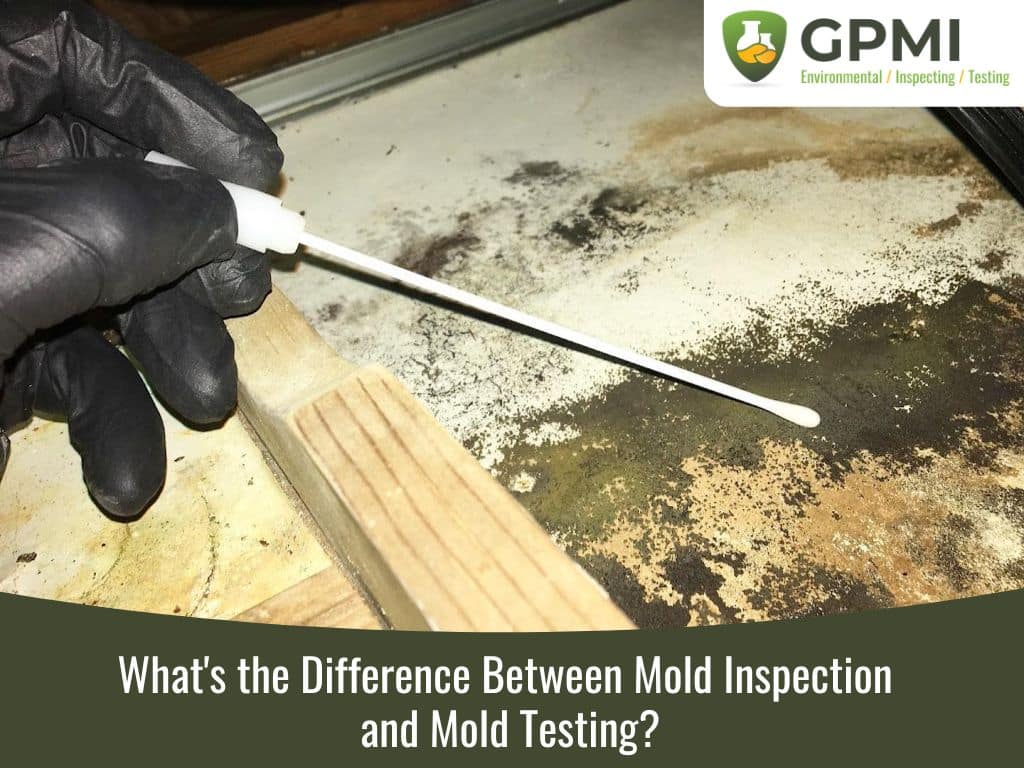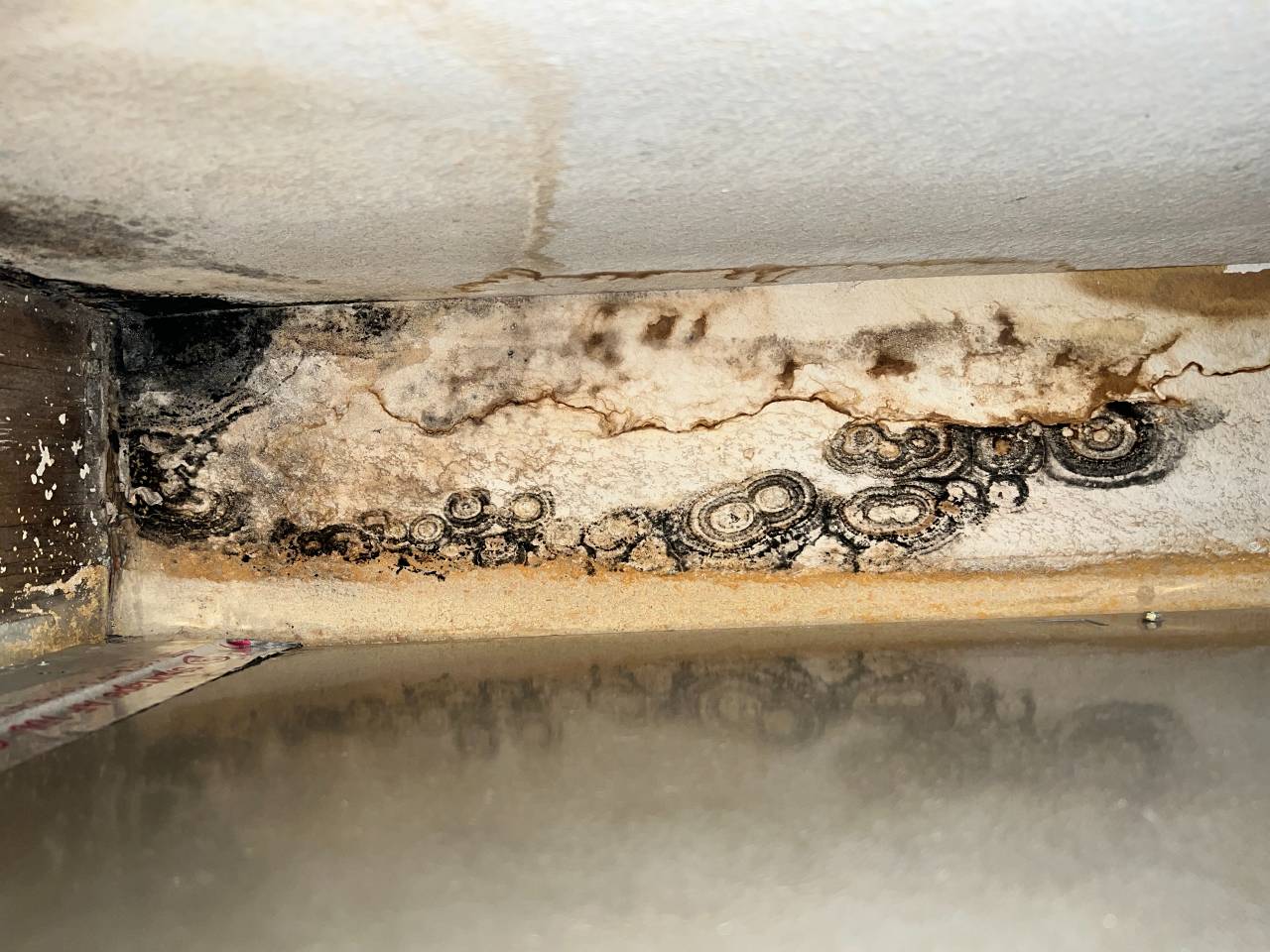Crafting an In-depth Post Mold Remediation Report
Crafting an In-depth Post Mold Remediation Report
Blog Article
Your Ultimate Overview to Blog Post Mold Remediation Techniques
Browsing the realm of post-mold removal techniques is a thorough process that demands focus to detail and a thorough understanding of the complexities entailed. In the results of mold infestation, knowing how to efficiently eliminate the mold and mildew and stop its reoccurrence is vital for preserving a healthy interior atmosphere. From selecting the right cleansing and sanitizing techniques to executing strategies for long-term mold and mildew avoidance, each action in the removal journey plays an important role in ensuring an effective result. As we embark on this expedition of post-mold remediation techniques, we will reveal the crucial strategies and ideal practices that can assist you recover your area to its pre-mold condition and safeguard it against future mold and mildew hazards.
Understanding Post-Mold Remediation Refine
After completing the mold and mildew remediation process, it is crucial to comprehend the post-mold removal strategies that are essential to ensure a comprehensive and efficient cleanup. As soon as the mold and mildew has been eliminated, the next action involves cleaning and sanitizing the impacted areas to avoid any regrowth of mold. This includes using specialized cleaning agents to wipe down surfaces and eliminate any kind of staying mold and mildew spores. It is important to dry the area totally to dissuade the growth of mold and mildew in the future (Post Mold remediation cleaning). Proper ventilation and dehumidification can aid in this procedure.
Moreover, conducting a final assessment post-remediation is important to make sure that all mold and mildew has been successfully removed. If the assessment exposes any kind of sticking around mold, extra removal may be essential.
Reliable Cleansing and Disinfecting Techniques

Avoiding Future Mold Growth

Value of Correct Ventilation
Proper ventilation plays a critical function in preventing dampness accumulation, a crucial aspect in mold and mildew development within interior atmospheres. Effective ventilation systems assist remove excess humidity from the air, reducing the possibilities of mold and mildew spores discovering the dampness they need to spread out and germinate. Without sufficient ventilation, interior areas can end up being a breeding place for mold, causing possible health dangers and architectural damage.
By making certain correct air blood circulation, air flow systems can additionally help in drying out damp locations more promptly after water damage or flooding occurrences, even more hindering mold development. After mold remediation. In areas like restrooms, attic rooms, basements, and kitchens where dampness levels often tend to be higher, mounting and preserving efficient ventilation systems is vital in stopping mold and mildew problems

Monitoring and Maintenance Tips
Offered the vital function that proper air flow plays in avoiding mold and mildew development, it is crucial to develop reliable tracking and maintenance tips to make certain the continued functionality of air flow systems. Regular examinations of air flow systems ought to be carried out to inspect for any type of indications of obstructions, leaks, or malfunctions that might restrain proper airflow. Monitoring humidity degrees within the property is likewise critical, as high moisture can add to mold growth. Installing a hygrometer can aid track humidity levels and sharp homeowners to any spikes that may need focus. Furthermore, guaranteeing that air filters are on a regular basis cleaned or replaced is necessary for maintaining the performance of the air flow system. Executing a schedule for routine upkeep jobs, such as air duct cleansing and heating and cooling system examinations, can aid avoid issues prior to they rise. By staying alert and proactive to the problem of ventilation systems, homeowner can effectively reduce the risk of mold regrowth and maintain a healthy and balanced indoor atmosphere.
Conclusion
To conclude, post-mold remediation techniques are necessary for ensuring a secure and clean setting. Recognizing the process, applying reliable cleansing and disinfecting techniques, stopping future mold growth, maintaining appropriate air flow, and routine tracking are all vital action in the remediation process. By adhering to these guidelines, you can successfully remove mold and prevent its return, advertising a healthy living or working area for all passengers.
In the aftermath of mold problem, recognizing how to effectively remove the mold and mildew and avoid its reoccurrence is paramount for maintaining a he said healthy indoor atmosphere. Once the mold and mildew has been removed, the next step involves cleaning and disinfecting the influenced locations to prevent any type of regrowth of mold - Post Mold Remediation Report. After removing noticeable mold growth, it is important to clean up all surface areas in the affected area to remove any type of continuing to be mold and mildew spores. To even you could try here more improve mold and mildew prevention actions, it is necessary to resolve underlying concerns that initially led to mold development.Provided the critical function that proper air flow plays in protecting against mold growth, it is critical to develop reliable surveillance and maintenance suggestions to make certain the ongoing performance of air flow systems
Report this page